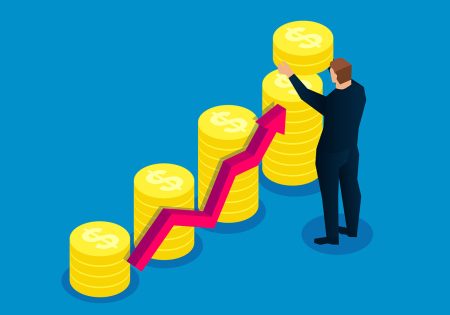Study Points Out Benefits of Guaranteed Pensions to Economy
According to a study from the National Institute on Retirement Security, in 2016, each dollar paid out in pension benefits supported $2.13 in total economic output nationally.
The National Institute on Retirement Security (NIRS) has released its latest report about the impact defined benefit (DB) plan pensions have on the economy.
According to the report, “reliable pension income can be especially important not only in providing retirees with peace of mind, but in stabilizing local economies during economic downturns. Retirees with DB pensions know they are receiving a steady check despite economic conditions. In contrast, retirees may be reluctant to spend out of their 401(k)-type accounts if their savings are negatively impacted by market downturns.”
“Pensionomics 2018: Measuring the Economic Impact of Defined Benefit Pension Expenditures,” says in 2016, $578.0 billion in pension benefits were paid to 26.9 million retired Americans, including:
- $294.7 billion paid to some 10.7 million retired employees of state and local government and their beneficiaries (typically surviving spouses);
- $83.0 billion paid to some 2.7 million federal government beneficiaries; and
- $200.3 billion paid to some 13.5 million private sector beneficiaries, including $41.8 billion paid out to 3.5 million beneficiaries of multi-employer pension plans, and $158.6 billion paid out to 10.0 million beneficiaries of single-employer pension plans.
Expenditures made out of those payments collectively supported 7.5 million American jobs that paid nearly $386.7 billion in labor income; $1.2 trillion in total economic output nationwide; $685.0 billion in value added (GDP); and $202.6 billion in federal, state, and local tax revenue.
According to the study, each dollar paid out in pension benefits supported $2.13 in total economic output nationally. Each taxpayer dollar contributed to state and local pensions supported $8.48 in total output nationally. This represents the leverage afforded by robust long-term investment returns and shared funding responsibility by employers and employees.
“The analysis shows that virtually every state and local economy across the country benefits from the spending when retirees spend their pension benefits,” says Diane Oakley, NIRS executive director. “Pension expenditures are especially vital for small and rural communities where other steady sources of income may not be readily found if the local economy lacks diversity.”
The full report may be downloaded from here.You Might Also Like:

US Retirement Assets Rise for 4th Straight Quarter Through Q2

Investment Product and Service Launches

Schwab Retirement Plan Services Partners With Newport, Conduent to Expand Capabilities
« New House Ways & Means Chair Introduces Multiemployer Pension Bill